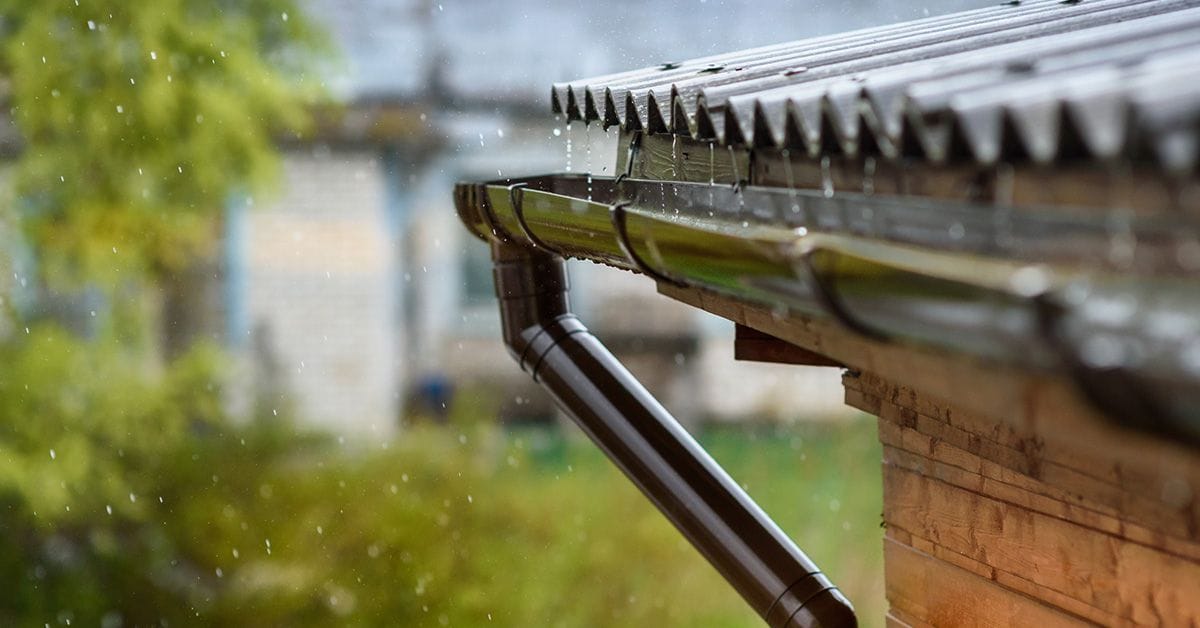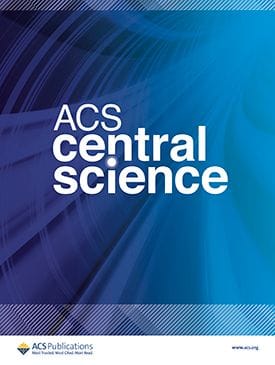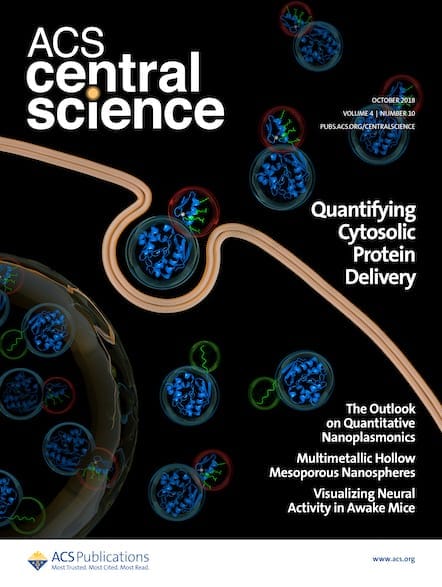Electrical charge can be gained or lost when water flows over surfaces. A new study looks at harnessing this phenomenon to generate electricity from plug flow, a specific pattern of water moving through a tube.

A general chemical principle is that charge separates spontaneously at the solid–liquid interface.1 In theory, this means that electrical charge can be generated by simply flowing water across surfaces.2 In practice, it hasn’t quite panned out yet. Previous studies have investigated this solid–liquid charge separation under various conditions, but these have produced only negligible amounts of charge. As such, this natural phenomenon of charge separation at the solid–liquid interface has not been considered a viable way to generate electricity—but new work from a team in Singapore might be able to shake things up.
Their study, recently published in ACS Central Science, describes the electrical charge generated by plug flow.3 This is a concept in which a fluid flows through a pipe or channel in a way that all fluid particles are traveling at the same velocity without mixing or overtaking each other. In this work, the researchers achieved plug flow by allowing rain-sized droplets to enter a polymer tube—32 cm tall and 2 mm wide. This was shown to generate electricity with a high efficiency of more than 10% and power density of around 100 W/m2, breaking the theoretical limit defined by the Debye length4 in macroscale channels.

Plug Flow: Generating Renewable Electricity with Water from Nature by Breaking the Limit of Debye Length
DOI: 10.1021/acscentsci.4c02110
The researchers report that this type of flow can generate five orders of magnitude more electricity than a continuous or streaming current, and more than other technologies that use falling water. "We showed that plug flow supplies substantial electricity for many important practical applications, including lighting up multiple LEDs continuously, modifying surfaces, and performing chemical reactions," note the authors in their article. "...this is the first time that harvesting the constantly separated charge at the solid–liquid interface is shown to be a practically useful source of electricity."
Designing macroscale channels to harvest water from rain or rivers could represent a sustainable source of renewable power with many advantages—and it’s easy to see how this kind of system could be ideal for urban and residential spaces.
Further Explorations: Plug Flow and Hydroelectric Power
The kinetics of plug flow could also be useful elsewhere. For example, plug flow reactors have been developed to help liquefy food and animal waste into a biocrude oil.5 Compared to other types of hydrothermal reactors observed in this study, continuous plug flow demonstrated advantages such as better mixing, improved heating, and greater biocrude oil yields.
Plug flow could also play a role in synthesizing active pharmaceuticals. In a 2024 study published in ACS Sustainable Chemistry & Engineering, the authors note that plug flow technology is becoming more commonly used for things like catalyzed aminations and Suzuki–Miyaura couplings, both in and on water.6 Advantages include the green credentials of using recyclable water instead of traditional organic solvents—plus lower cost and safety points.
Turning back to power, other ways of generating charge from water include harnessing an electrical potential through evaporation.7 Another approach is moisture power generation, which relies on humidity. A recent Review in ACS Nano highlights the major scientific and engineering hurdles on the way to advancing this technology and offers insights into the potential for high-performance systems.8 An additional Review explores potential at the water–solid interface, but with a focus on hydrovoltaic effects from mechanical–electric coupling.9
35% of the solar energy that reaches the Earth’s surface goes into our natural bodies of water. We harness some kinetic energy in hydroelectric plants, but natural processes in the water cycle, such as rainfall, evaporation, and adsorption have remained underexploited due to the lack of appropriate technologies. However, these recent advancements suggest that we may be on the right track to unlocking the full potential of these natural processes, bringing us closer to achieving truly clean and sustainable power.
References
- Loeb, J. Electrification of Water and Osmotic Flow. Science 1921, 53 (1361), 77– 84.
- Zhang, J. et al. Triboelectric Nanogenerator Array as a Probe for In Situ Dynamic Mapping of Interface Charge Transfer at a Liquid–Solid Contacting. ACS Nano 2023, 17, 2, 1646–1652.
- Ao, C. K. et al. Plug Flow: Generating Renewable Electricity with Water from Nature by Breaking the Limit of Debye Length. ACS Cent. Sci. 2025, Article ASAP.
- Debye Length; Science Direct. https://www.sciencedirect.com/topics/engineering/debye-length
- Summers, S. et al. Pilot-Scale Continuous Plug-Flow Hydrothermal Liquefaction of Food Waste for Biocrude Production. Ind. Eng. Chem. Res. 2023, 62, 31, 12174–12182.
- Wong, M. J. et al. SNAr Reactions Using Continuous Plug Flow...in Aqueous Biphasic Media. ACS Sustainable Chem. Eng. 2024, 12, 52, 18725–18734.
- Wang, X. et al. Carbon Cloth Functionalized with Carbon Nanotubes for Hydroelectric Power Generation. ACS Appl. Nano Mater. 2024, 7, 7, 7327–7336.
- Zang, S. et al. Moisture Power Generation: From Material Selection to Device Structure Optimization. ACS Nano 2024, 18, 31, 19912–19930.
- Hu, T. et al. Hydrovoltaic Effects from Mechanical–Electric Coupling at the Water–Solid Interface. ACS Nano 2024, 18, 35, 23912–23940.
